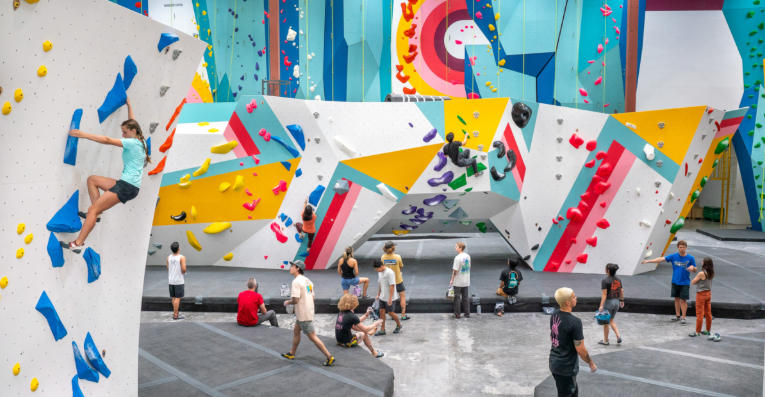Climb 5: Navigating the World of Climbing Grades
Climbing is a thrilling sport that attracts adventurers from all walks of life. Whether you’re scaling sheer rock faces or tackling indoor walls, understanding climbing grades is crucial for setting goals and tracking progress. One such mysterious but essential grade is the “Climb 5,” often referred to in the context of the V-scale for bouldering or the Yosemite Decimal System for rope climbing.
What is Climb 5?
Climb 5 typically refers to a climbing route that is categorized within the 5.x system, specifically 5.0 to 5.15. This numerical system originated in the 1950s and has since evolved to accommodate increasing climbing difficulty. A “5.0” route is relatively easy, while a “5.15” represents some of the most challenging climbs in the world. Understanding these grades not only helps climbers choose appropriate challenges but also ensures safety, as more difficult grades often require advanced skills and techniques.
The Levels of Climbing Difficulty
Within the 5.x grading system, climbers encounter various levels of difficulty that help differentiate between challenges. For example, a 5.7 route may have small handholds and tricky foot placements, while a 5.12 challenge could feature overhangs and complex sequences. Practicing on lower-grade routes can build foundational skills, while gradually tackling higher grades prepares climbers for more intense climbs. This progressive approach is essential for preventing injury and ensuring that climbers feel confident as they advance.
Recognizing Climb Ratings
Climb ratings are subjective and can vary between locations and climbing areas. Factors such as the type of rock, weather conditions, and route setting can influence how a climb is graded. Many climbers often take note of personal experiences; a particular 5.10 route may feel easier or more challenging depending on the individual’s skill level or the specific conditions of the climb. Being aware of these variances is key to a successful climbing experience. Engaging with local climbing communities or guidebooks can provide insights into specific routes and what you can expect.
Conclusion
Understanding the nuances of climbing grades like Climb 5 can dramatically enhance your climbing journey. Armed with knowledge about the grading system and a keen awareness of your skills, you can set achievable goals and tackle challenges that are not only rewarding but safe. Whether you’re a seasoned climber or just starting out, take the time to learn more about climbing grades and how they can guide your adventure. Happy climbing!
